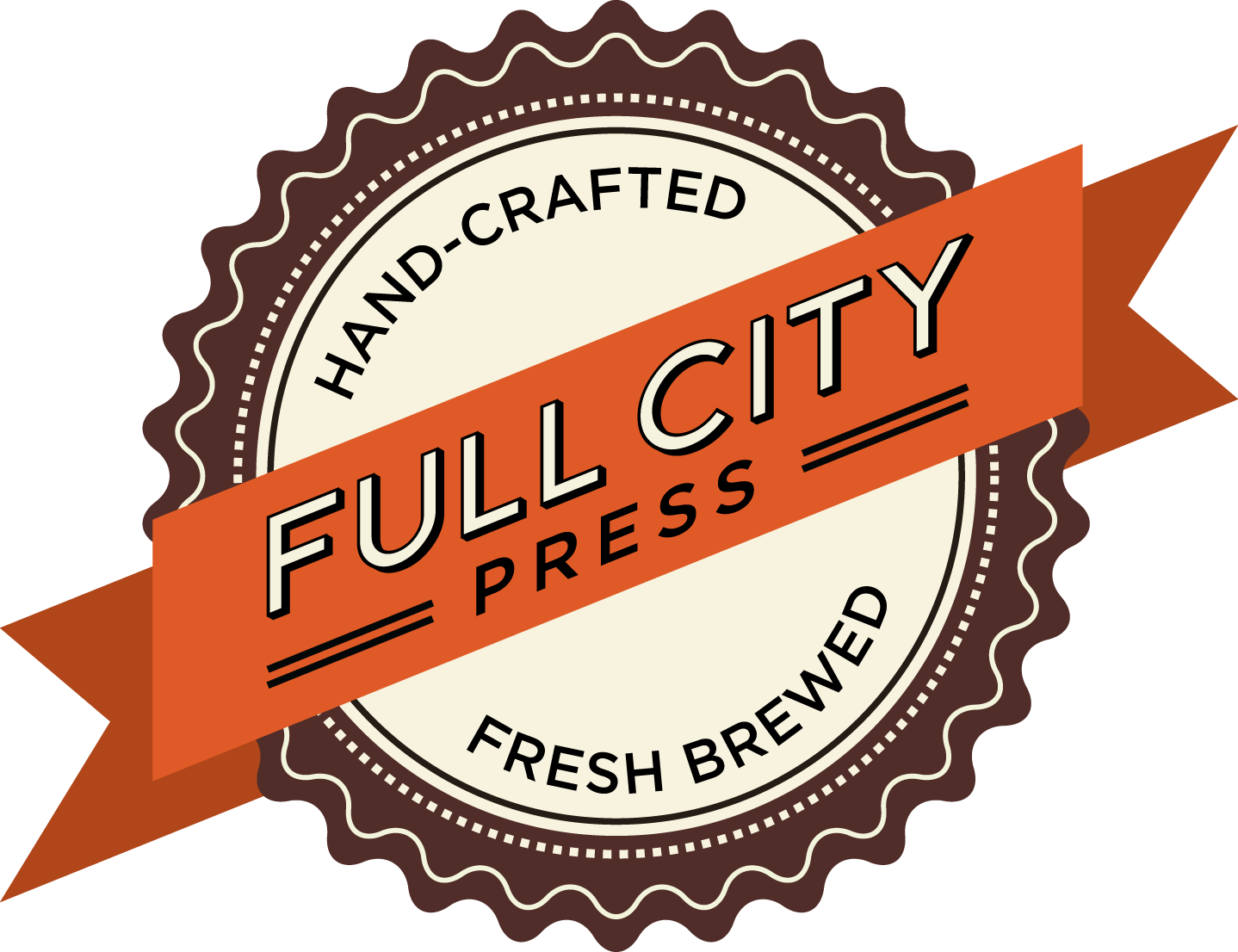Quicken Essentials for Mac
/ Quicken has long been the standard of personal finance for the better part of the last 15 years. If you wanted to digitally keep track of your finances, Quicken was the first name you heard of. Quicken for Windows remains, from what I’ve heard, the gold standard. However, the Mac version had long been put out to pasture with the last version, Quicken 2007, having been released in the Summer of 2006.
Quicken has long been the standard of personal finance for the better part of the last 15 years. If you wanted to digitally keep track of your finances, Quicken was the first name you heard of. Quicken for Windows remains, from what I’ve heard, the gold standard. However, the Mac version had long been put out to pasture with the last version, Quicken 2007, having been released in the Summer of 2006.
I’ve been using Quicken 2004 for Mac since, well, 2004, because the “upgrades” (read $70 bug fixes) just weren’t justifiable in the 2005, 2006, and 2007 versions. Then, in January 2008, there was the promise of Quicken Financial Life for Mac, with a ship date of Fall 2008. This was to be a rewrite of Quicken for Mac that sport a fresh user interface and finally bring Intel native code.
Sadly, that ship date kept being pushed back again and again. I even started to contemplate alternatives to Quicken, but ended up deciding to just stick with my decrepit 2004 version. Then in October 2009, Quicken bought Mint.com, and put Mint’s head honcho, Aaron Patzer, in charge of the Quicken team. He promptly ousted the much-delayed Quicken Financial Life and put his Mac-savvy Mint team on the job to compile the essentials of finance tracking in a built-from-the-ground up Cocoa version of Quicken for the Mac. And they did it in four months.
Today we realize the culmination of that fresh outlook on financing in Quicken Essentials for Mac. Now, it truly is just the essentials, but it’s the essentials done right. It lacks stock-lot accounting, bill pay, and TurboTax export, among a few other things, I’m sure. However, if all you need is to get a hold of your spending and create a budget then QEM should fit right in for you.
I’ll admit, I was extremely skeptical about QEM for the past couple months when looking at the multitude of failures and delays of Quicken Financial Life. What really sold me was Aaron Patzer, formerly of Mint, now VP and general manager of Intuit’s personal finance group, getting out and talking to just about any major Mac site that would listen. Keep in mind that he came in to the fray in October 2009. Here’s an excerpt from Macworld:
“When I came in, I looked at the Mac product and said, ‘Holy crap, we haven’t put one of these out in three years,’” Patzer said. “It’s called ‘Mac Essentials’ because it’s got the essential features used by 80 percent of the users we’ve surveyed and talked to. So we had to decide, do we want to put a product out that serves 80 percent of the market and is a vast improvement in so many ways, or do we delay it again? And what I thought was, given the growing popularity of the Mac platform… it was better to get a product out that’s good for 80 percent of the market.”
Also:
Patzer says that you’ll see more similarities to Mint.com in the desktop Quicken products. Patzer says he “personally specced out” Quicken for Windows 2011. “Over time, you’ll start to see features and functionality for all the platforms come together. It shouldn’t matter if you’re using Mac, PC, iPhone, Android, or online” when it comes to features and data availability. Apps should have a native appearance, he said, but the underlying data structures will be the same and it should be easy to go from using a desktop app to the online service and back again.
It’s obvious to me that Intuit, the maker of Quicken, saw that they were stagnant. When they bought Mint.com, I thought for sure they did so just to kill it off, as it competed with Quicken Online. Instead, the company tossed Quicken Online in the bin, and embraced Mint.com as its replacement. It sounds like they gave the Mint people carte blanche over all of Quicken. It also sounds like the fresh blood has a vision for the future, and it is that vision that persuaded me to embrace Quicken Essentials for Mac.
Whether or not you decide to adopt Quicken Essentials is primarily based on whether you are an 80 or a 20. Thankfully, I fall in the 80 percent of the user base. I leave my investments to my brokerage site, and I like the web interface that provides. So I didn’t feel the need to continue on with Quicken 2004 and wait for another year or two.
Thankfully, my grandpa has Quicken 2006 and I was able to use iChat’s Screen Sharing and my iDisk to convert my 2004 file. From there, QEM worked like a charm.



